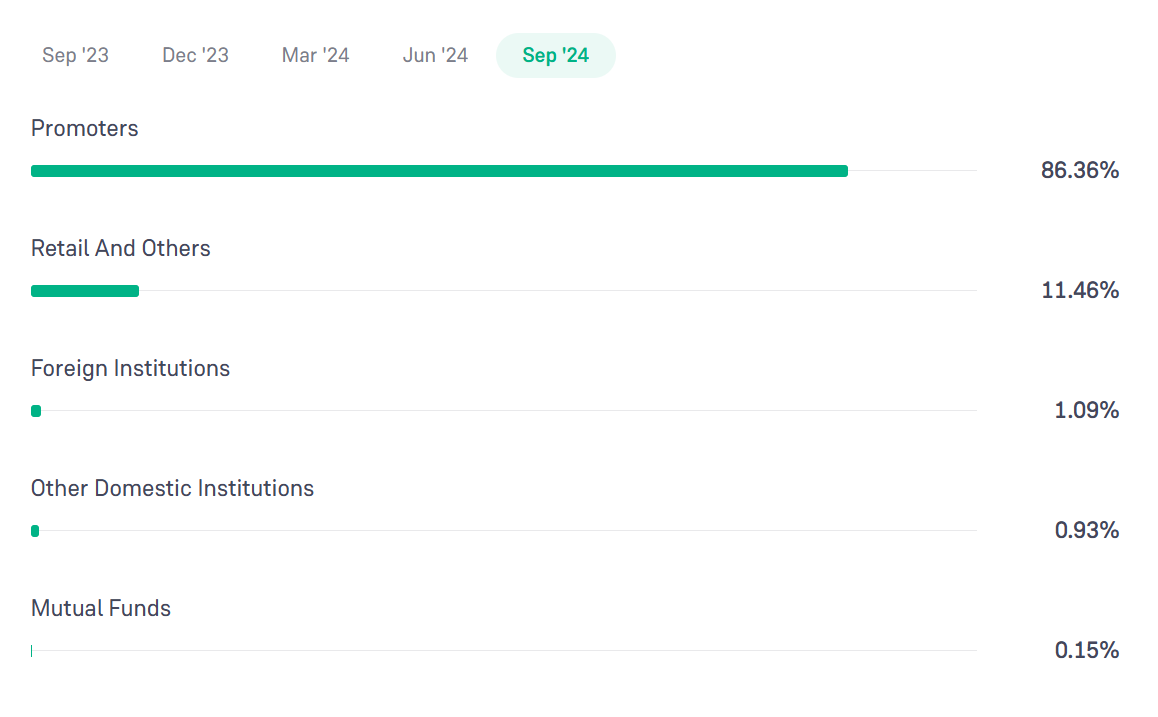IRFC Stock Analysis 2024

The recent couple of years have turned out great for PSU (Public Sector Undertaking) Stocks in India. Almost all PSU stocks reached their all-time high and gave an amazing run-up.
IRFC has consistently been on the list of top-traded stocks. We’ll go as far as to say that it is one of the favourite PSU stocks of retail investors. However, we do not share the same opinion with those retail investors. It might be their favourite, but it is not our favourite PSU Stock. Read on to know why in this detailed IRFC stock analysis.
What is IRFC?
Before we analyze this stock, it is important to understand what IRFC does. Most people that I know just invest in this stock because they are under the misconception that because it is a railway sector stock, it is backed by the Indian government. But there are tons of things in the railway sector. What is the role of IRFC in that? Let’s talk about this in detail.
Key Characteristics of IRFC
IRFC is a government-owned financial institution, primarily established to support the Indian Railways in financing its projects. Here are some key characteristics:
- Ownership: IRFC is wholly owned by the Government of India.
- Client: Its sole client is the Indian Railways, which means IRFC’s entire business model revolves around this single entity.
- Function: The primary role of IRFC is to facilitate the raising of funds required for various railway projects initiated by the Indian Railways.
How Does IRFC Operate?
Understanding IRFC’s operational model is crucial for investors. Here’s a breakdown of how IRFC functions:
- Project Financing: When the government announces major railway projects like building new tracks or upgrading existing ones, IRFC steps in to arrange the necessary funding.
- Issuing Bonds: To gather funds, IRFC issues bonds in the open market. These bonds are essentially loans that investors provide to IRFC, which they will pay back with interest.
- High Credit Rating: Because IRFC is backed by the government, it enjoys a high credit rating. This high rating assures investors that they will likely receive their money back, making it easier for IRFC to raise funds.
- Revenue Model: Once the funds are secured, they are provided to Indian Railways for project execution. Indian Railways then repays IRFC through various agreements, such as leases or rentals. The profit for IRFC comes from the difference between the interest it pays to bondholders and what it earns from lending to Indian Railways.
In short, if today the government announces a project of Rs 1 Lakh crore then IRFC’s revenue won’t automatically increase by 1 Lakh crore in 1 year or even 5 years. IRFC is just playing the role of mediator who is responsible for arranging those funds. A lot of people are under the misconception that this money goes straight to the IRFC’s wallet, but that is not the case.
Stock Performance Overview
Now that we understand the fundamentals and workings of the IRFC’s business model, let’s talk about the IRFC stock itself.
Current Market Position
IRFC is categorized as a large-cap stock in the market, indicating that it has a substantial market capitalization. Here’s how its market position has evolved:
- Growth in Market Cap: Three years ago, IRFC's market capitalization was around ₹30,000 crore. Today, it has soared to over ₹2 lakh crore, showing significant growth.
- PE Ratio Changes: The price-to-earnings (PE) ratio, which indicates how much investors are willing to pay for each unit of earnings, has shifted dramatically. A few years back, IRFC’s PE ratio hovered around 5-6, whereas it currently stands at around 30.

Revenue and Profit Analysis
A deeper look into IRFC's financial performance reveals some concerning trends:
- Revenue Growth: As of June 2021, IRFC's total revenue was approximately ₹4,500 crore. Projections suggest that by June 2024, this revenue could increase to around ₹6,700 crore, translating to a growth rate of about 50%.
- Profit Stagnation: Interestingly, while revenue shows some growth, net profit has remained stagnant. Three years ago, IRFC reported a quarterly profit of around ₹1,500 crore, and this figure has remained the same until now.
With the points above, we can see that the company’s revenue and profit are not rising. For a growth investor, this is a concerning thing.
Also Check:
The Hype Factor
Understanding the Hype Around IRFC
The surge in IRFC’s stock price can largely be attributed to hype generated in news and social media. This hype can create a misleading perception of the stock's true value. Let’s explore this further:
- Media Attention: In the last couple of years, a lot of hype has been created on both news channels and social media regarding this stock due to the different railway projects and whatnot. However, one should keep in mind that even if the government announces a project, it takes years to complete.
- Misunderstandings Among Investors: Many retail investors jump into buying shares based on excitement without fully understanding how the company operates and its financial fundamentals. This can lead to poor investment decisions.
Investor Composition
To understand IRFC’s market dynamics, it’s essential to look at who owns its shares:
- Ownership Breakdown: Approximately 86.3% of IRFC shares are owned by the Government of India. After the government, retail investors hold about 11.4% of the shares.
- Mutual Fund Participation: Interestingly, mutual funds are largely absent from IRFC, owning only 0.15% of the shares. Most of the mutual fund holdings are from index funds, which have no choice but to invest in every stock in the index.
- Active Funds Avoidance: Actively managed funds tend to stay away from IRFC, indicating that professional investors may share concerns about its long-term viability.

This ownership pattern highlights that the primary stakeholders in IRFC are retail investors and the government, raising questions about the stock’s sustainability if the hype fades.
Watch Our Full IRFC Stock Analysis Video
Conclusion
After examining IRFC's operations, market position, and financial health, it’s clear that there are both opportunities and challenges. While the stock has garnered significant attention and enjoyed price appreciation due to the hype, the underlying fundamentals specifically revenue and profit growth paint a more cautious picture.
As a long-term growth investor, it's crucial to remain informed. Given the current circumstances, exercise caution when considering investments in IRFC, especially at a high PE ratio of around 30.
If you’re interested in exploring similar companies, consider looking into the Power Finance Corporation (PFC), which operates under a similar model but has a more favourable PE ratio of about 7. We will cover PFC in detail in a future article.
If you found this detailed IRFC stock analysis informative, please share your thoughts in the comments. Thank you for reading, and we look forward to your responses!


